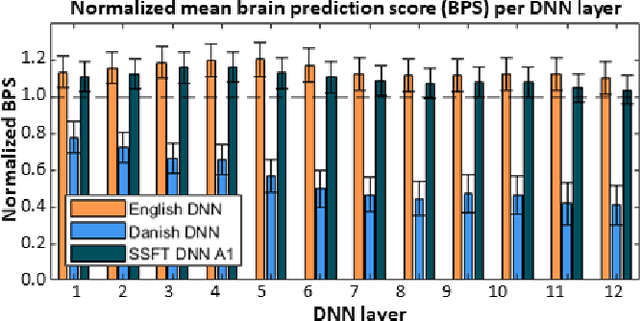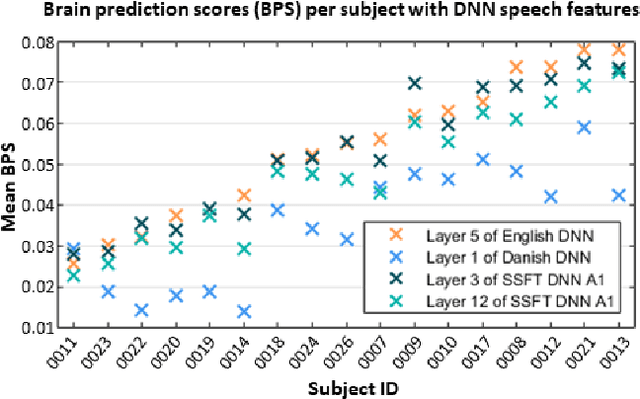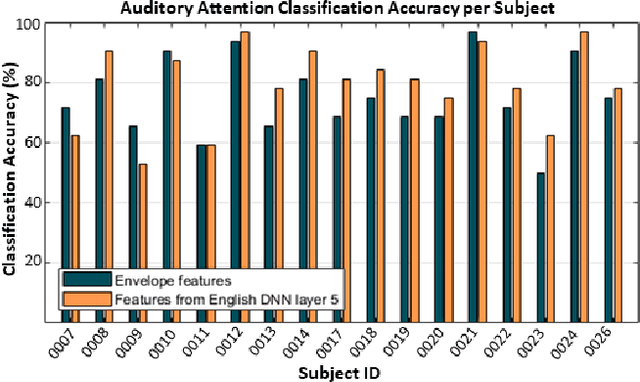Martin A. Skoglund
On the Relationship Between Iterated Statistical Linearization and Quasi-Newton Methods
Sep 14, 2023Abstract:This letter investigates relationships between iterated filtering algorithms based on statistical linearization, such as the iterated unscented Kalman filter (IUKF), and filtering algorithms based on quasi-Newton (QN) methods, such as the QN iterated extended Kalman filter (QN-IEKF). Firstly, it is shown that the IUKF and the iterated posterior linearization filter (IPLF) can be viewed as QN algorithms, by finding a Hessian correction in the QN-IEKF such that the IPLF iterate updates are identical to that of the QN-IEKF. Secondly, it is shown that the IPLF/IUKF update can be rewritten such that it is approximately identical to the QN-IEKF, albeit for an additional correction term. This enables a richer understanding of the properties of iterated filtering algorithms based on statistical linearization.
Predicting EEG Responses to Attended Speech via Deep Neural Networks for Speech
Feb 27, 2023



Abstract:Attending to the speech stream of interest in multi-talker environments can be a challenging task, particularly for listeners with hearing impairment. Research suggests that neural responses assessed with electroencephalography (EEG) are modulated by listener`s auditory attention, revealing selective neural tracking (NT) of the attended speech. NT methods mostly rely on hand-engineered acoustic and linguistic speech features to predict the neural response. Only recently, deep neural network (DNN) models without specific linguistic information have been used to extract speech features for NT, demonstrating that speech features in hierarchical DNN layers can predict neural responses throughout the auditory pathway. In this study, we go one step further to investigate the suitability of similar DNN models for speech to predict neural responses to competing speech observed in EEG. We recorded EEG data using a 64-channel acquisition system from 17 listeners with normal hearing instructed to attend to one of two competing talkers. Our data revealed that EEG responses are significantly better predicted by DNN-extracted speech features than by hand-engineered acoustic features. Furthermore, analysis of hierarchical DNN layers showed that early layers yielded the highest predictions. Moreover, we found a significant increase in auditory attention classification accuracies with the use of DNN-extracted speech features over the use of hand-engineered acoustic features. These findings open a new avenue for development of new NT measures to evaluate and further advance hearing technology.
 Add to Chrome
Add to Chrome Add to Firefox
Add to Firefox Add to Edge
Add to Edge